Introducing my ultra-simple, 100-part Lockheed L-1011-200 “Tristar” in the iconic British Airways Landor livery.
First flown in 1970, just 20 months after the first flight of the Boeing 747, the L-1011 ushered in the era of the “Trijet,” establishing a middle ground between the large passenger capacity of the 747 Jumbo-jet, and smaller airliners such as the 727. In particular, the L-1011 was iconic for its fuselage-mounted center engine, featuring an innovative S-duct design.
This model is 1:1 scale in power, weight, and dimensions.
Update - Edited the wing to result in a more realistic pitch attitude throughout various phases of flight, and adjusted pitch trim inputs.
Length: 177 Feet 8 Inches (54.2 m)
Wingspan: 155 Feet 4 Inches (47.4 m)
Empty Weight: 248,400 lb / (113,000 kg)
Maximum Takeoff Weight (MTOW): 466,000 lb / (211,374 kg)
Weight as Modeled: 356,286 lb / (161,609 kg)
Service Ceiling: 42,000 feet
Maximum Speed: 375 Knots Indicated / Mach 0.90
Maximum Passenger Capacity: 400
Wing Flex - I developed a wing-flex formula intended to account for the aerodynamic effects of Lift, G-Force, Flaps, Speedbrakes, Fuel Load, and dynamic forces at touchdown. This is a modified version of the formula used for my 100-part 747.
Flight Controls - Roll control spoilers mix with speedbrakes depending on airspeed to provides realistic control coordination and responsiveness across the flight envelope.
All Flying Tail – Unlike most aircraft of this category, the entire horizontal stabilizer pivots with pitch control inputs, and the elevator surface serves as pitch trim only. (i.e.: The opposite of a conventional configuration).
Direct Lift Control (DLC) – The L-1011 featured a unique system known as DLC, which linked spoiler deployment to pitch controls during landing to facilitate a smooth descent rate. With flaps set for landing (> Flaps 30), up to 20 degrees of spoilers would deploy with pitch control input changes. A good example of this can be seen here.
Trim - Generally speaking, big jets require a lot of pitch trim between high and low-speed regimes. In light of this, I developed a simple formula to assist trimming nose down automatically a bit as airspeed increases above 180 knots. Let me know what you think in the comments!
Flaps - For takeoff Use 1/4 to 2/3 VTOL, as this corresponds to takeoff flap settings in the actual airplane (Flaps 4, 10, 18, or 22). Raise the nose at around 140 Knots Indicated airspeed to an initial pitch attitude of 15 degrees. Landing is normally accomplished at full flaps (full-scale VTOL deflection / Flaps 33 in the actual airplane).
Some More Flight Handling Tips
For landing, I recommend using full flaps (VTOL), as this corresponds to Flaps 33 in the actual airplane. Approach the runway at a speed of 160 to 170 Knots Indicated from a few miles out, (180 to 195 MPH). This requires about 20% - 40% throttle at full flaps and gear down.
Other Remarks
Engines are mounted at accurate angles, with a thrust correction formula to represent what I believe are more realistic power outputs at various altitudes, speeds, and throttle settings.
Although I don’t recommend it, the airplane “should” be able to ditch. (Emergency water landing).
Weight and Balance:
For this model, I considered the empty weight of an L-1011-200 of 248,400 lb / (113,000 kg) and added 73,887 lbs / (33,515 kg) of fuel, with 34,000 lb payload.
The result is a balance between the maneuverability of a lightly loaded airplane, and the realistic sluggishness of a heavy jet.
The fuel is distributed across the 4 wing tanks per normal fueling procedures.
Enjoy! I look forward to your comments and happy flying!
Specifications
Spotlights
- Inuyasha8215 11 months ago
- DDVC 11 months ago
- CaptainBrayden 11 months ago
- DJRianGamerTheHololiveFan 11 months ago
- Jaspy190 11 months ago
- JP11 11 months ago
- CCCP0000001 11 months ago
- ChihiroFujisaki 11 months ago
- LM0418 11 months ago
- CaptainNoble 11 months ago
- M109simp 4 months ago
- Noob101 11 months ago
- MomoDesigns 3 months ago
- NormalCv580enjoyer 3 months ago
- DynamicHorizon 11 months ago
- BluesynVN 4 months ago
General Characteristics
- Successors 6 airplane(s) +28 bonus
- Created On Windows
- Wingspan 155.5ft (47.4m)
- Length 177.3ft (54.0m)
- Height 56.4ft (17.2m)
- Empty Weight 282,400lbs (128,094kg)
- Loaded Weight 356,286lbs (161,609kg)
Performance
- Power/Weight Ratio 0.437
- Wing Loading 68.4lbs/ft2 (334.1kg/m2)
- Wing Area 5,206.7ft2 (483.7m2)
- Drag Points 55524
Parts
- Number of Parts 100
- Control Surfaces 16
- Performance Cost 689

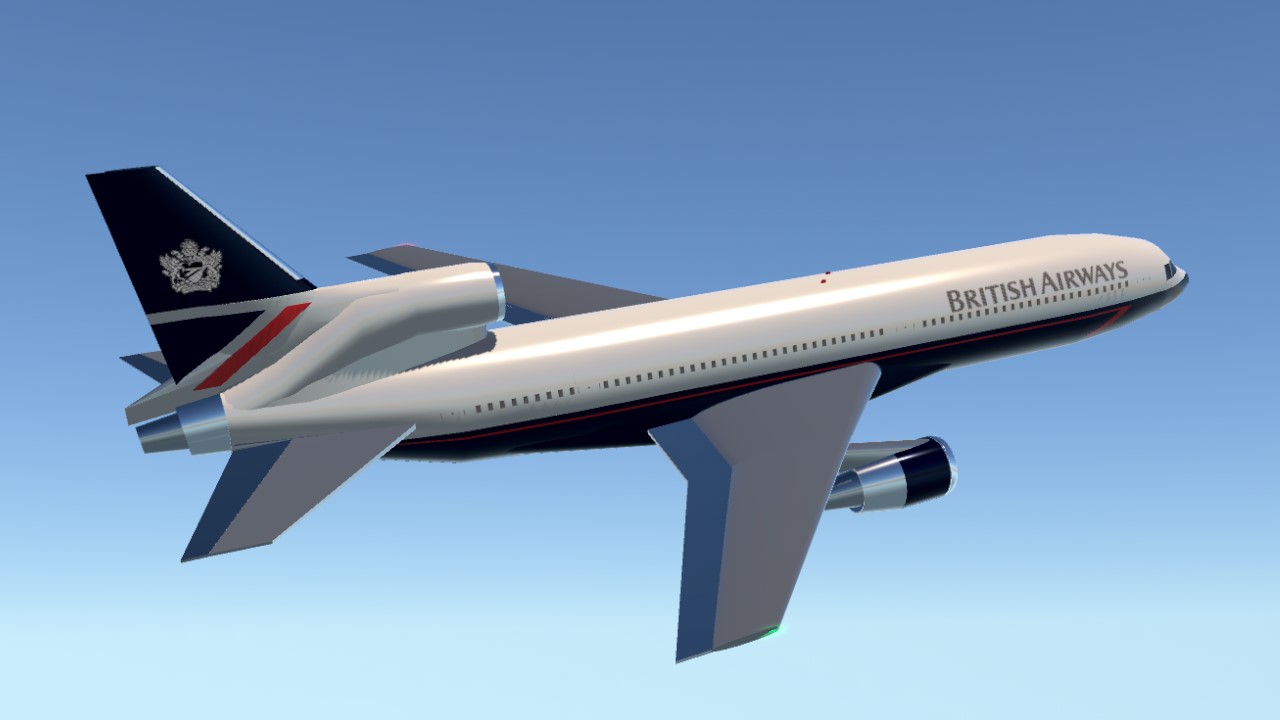
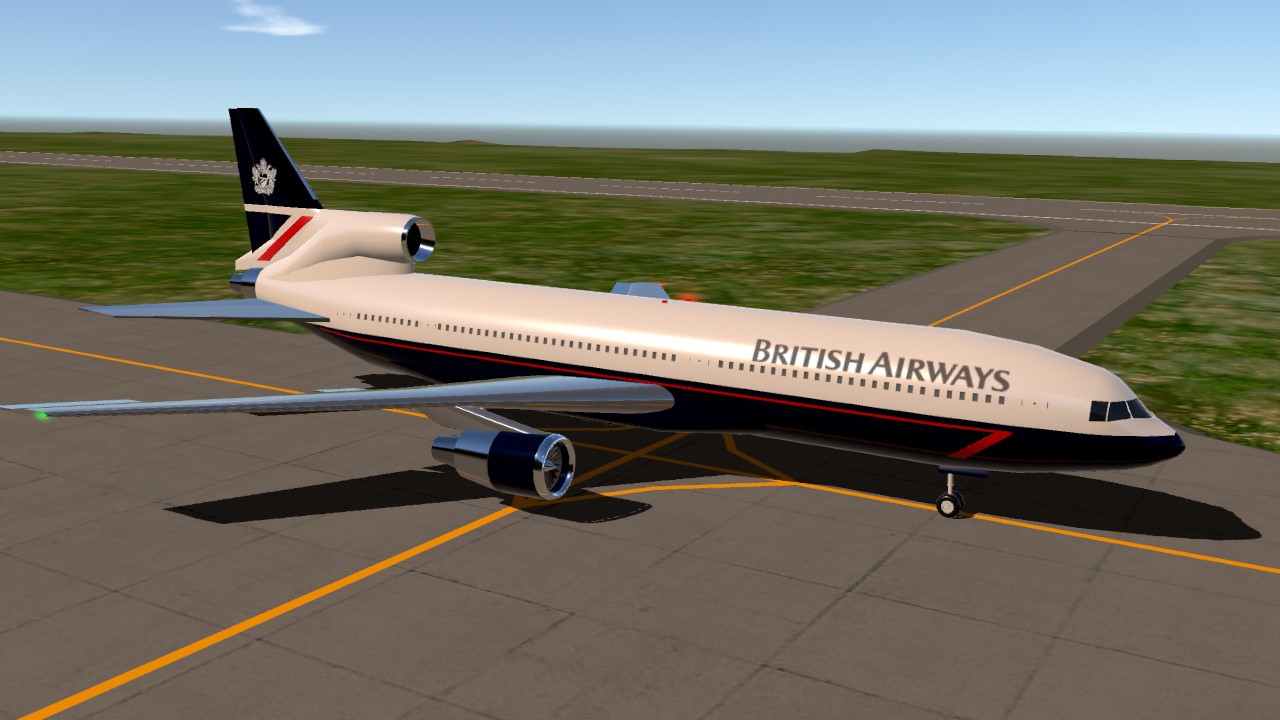
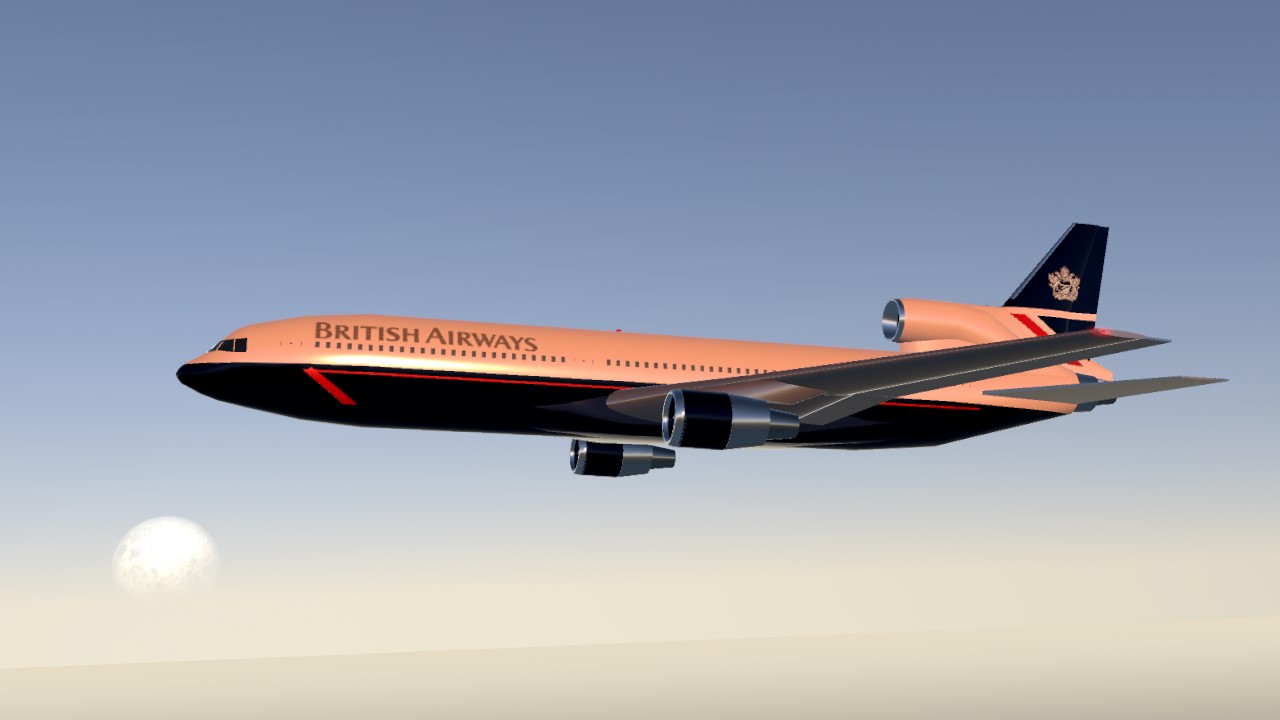
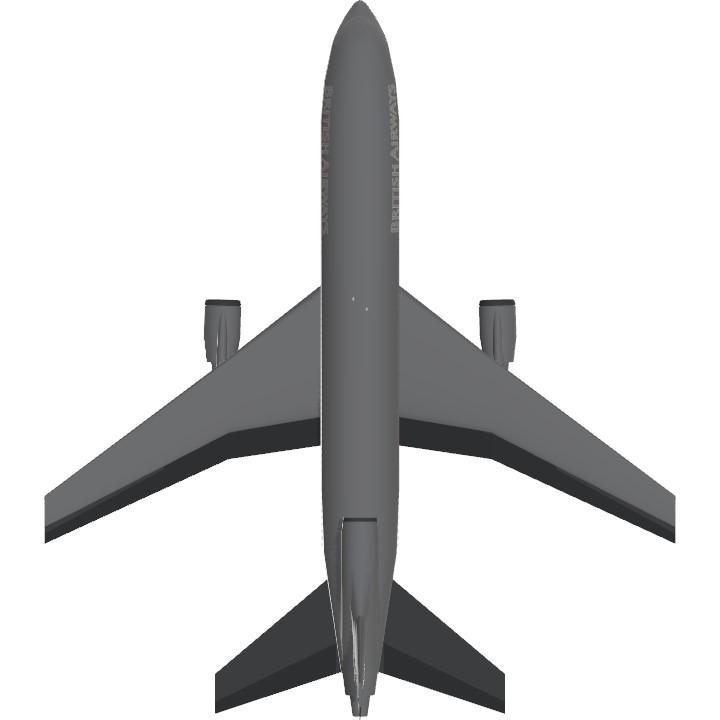
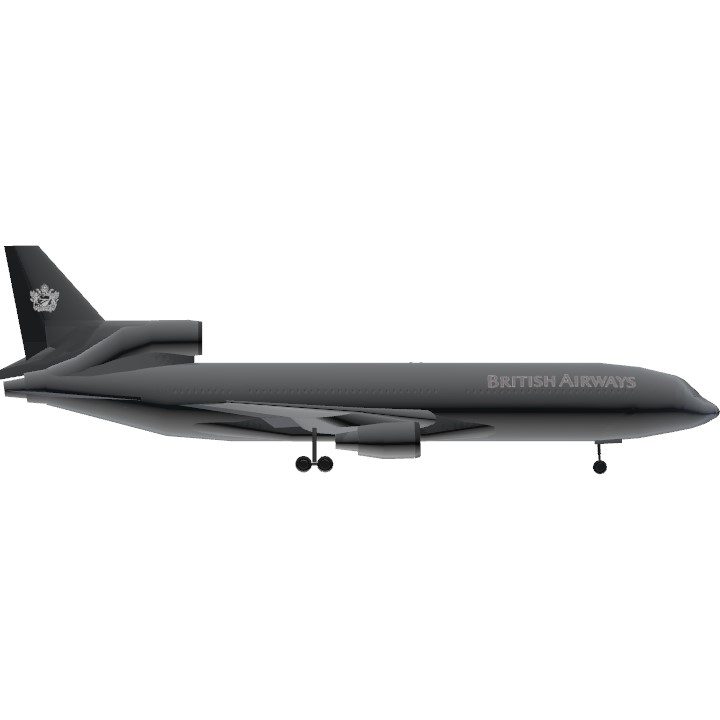
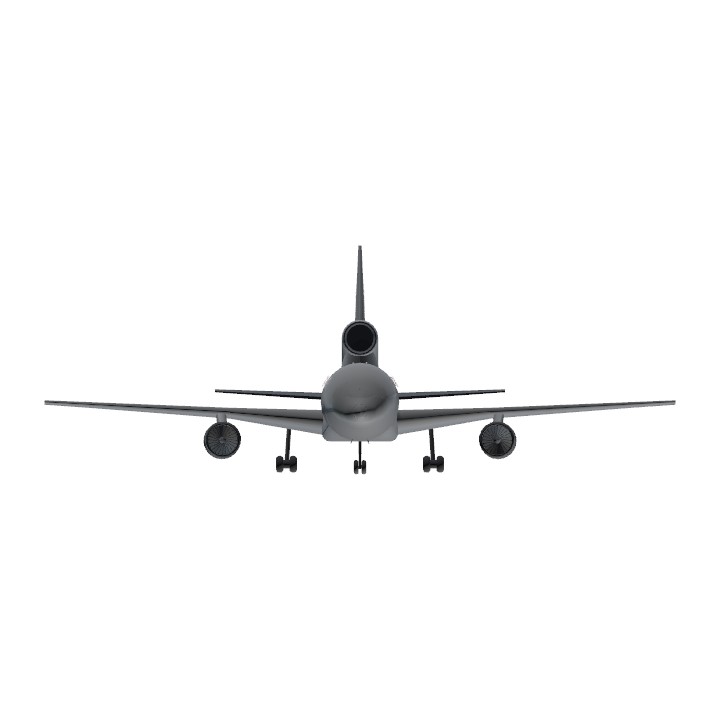
LOVE BRITISH AIRWAYS!
Hey nice plane. Can i be tagged?
This is really nice, perfect plane to have the Ai spawn in naturally. Makes the airspace feel more alive .
@B747Driver no build unlike yours nailed the tail engine better
@cyon Thanks! At least of a few hours spent with pencil and coffee in hand trying to figure out that weird shape!! :D
Dang you nailed the tail engine fuselage thingy
For 100 parts... this is impressive !
@JP11 Thanks! I picked Landor because I thought it looked the best on the airplane with a low part count....
neat plane in landor